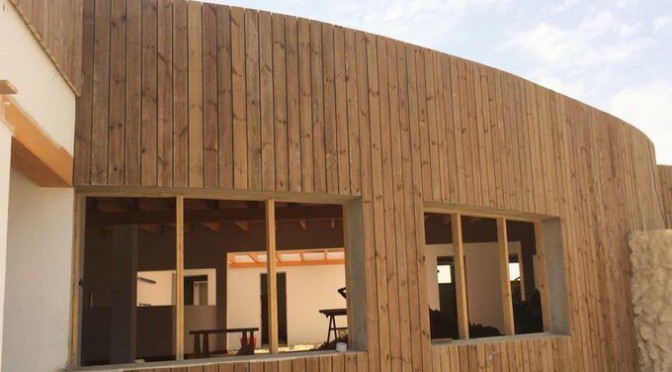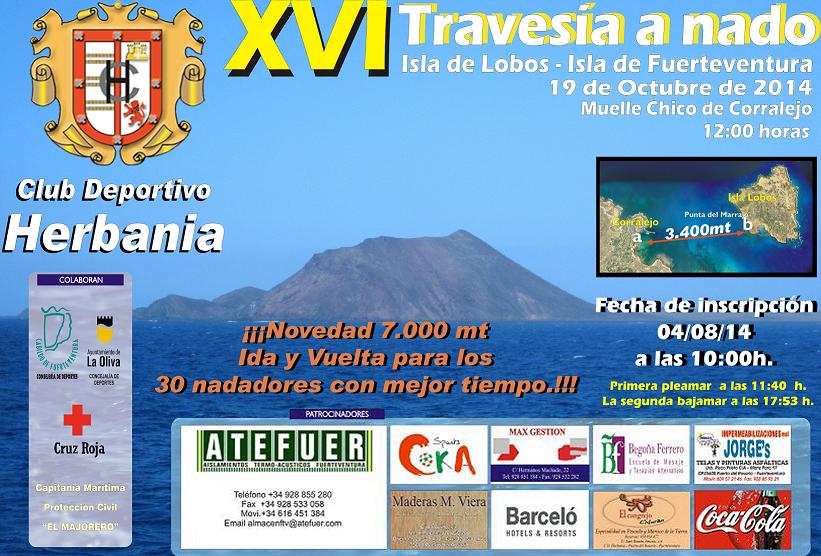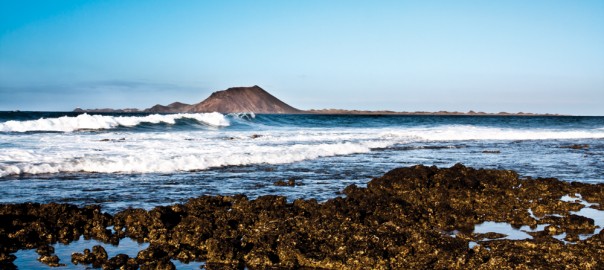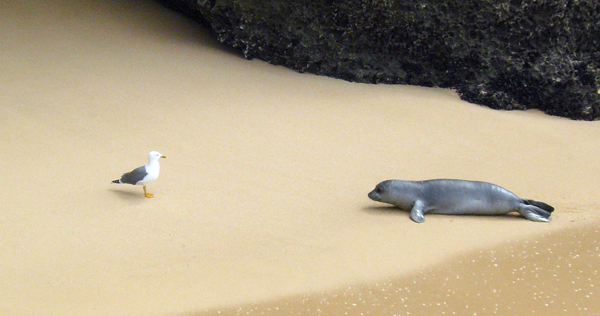Our dear neighbour, Lobos islet, main spot in our daily boat trips towards its coast, is taking part in a remodelling project which aims to meet the needs of tens of visitors who get to its quay every day.
Last summer they launched some restoration works in Lobos islet, in the area of the old restaurant. This area has become a resting area with W.C, benches and shadow to provide service to the masses of visitors who go to the islet every day.
The old restaurant in Lobos islet, dating back to the 60’s, was an abandoned project in the 80’s, with a quite peculiar architecture, irregular plant combining cubic and curvy spaces, very different from the local architecture and that has now become, thanks to a project by the Technical office of Fuerteventura Council, a resting area —160m2— for visitors, whose finish is perfectly integrated in this natural site where pine wood has been used, following the environmental friendly line which is promoted, especially in such an important an area of environmental awareness as Lobos islet.
The works in these facilities were finished one month ago, but the outside surrounding area remains to be laid out, so as to make it available to the visitors. There is no concrete date to inaugurate them, although it can’t take a long time.
And together with this refurbishing process, The environmental department has also approved the project “Acondicionamiento y mejora del muelle de Lobos”, which is being dealt with by the Port authority in Las Palmas, in order to improve the conditions of Lobos quay, due to the fact that companies devoted to the transport of passengers to Lobos islet had been complaining for a long time about the poor state of such quay and about the difficulty to access it in days of rough sea.
So, this project aims to improve the state of the quay and extend it, to make it safer when facing adverse weather conditions, and to ensure safe berthing regardless of the tide.
The works they are trying to carry out imply:
- The building of stone filling banks (stones thrown to the bottom so they can be used as foundations for the quay), that will take up around 25m long at the sea bottom.
- The building of a 1,6m wide berm on each side of the quay.
- The building of a 14,58m long and 8,1m wide quay.
- The restoration of the side slots.
- The building of an access stairway.
We’ll keep you informed about the development of this refurbishment project, which is being studied in detail to minimise the environmental impact and provide a better service to the visitors without damaging the natural site which this islet, Biosphere Reserve, represents.
FuerteCharter’s team






